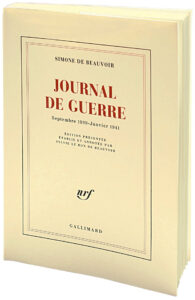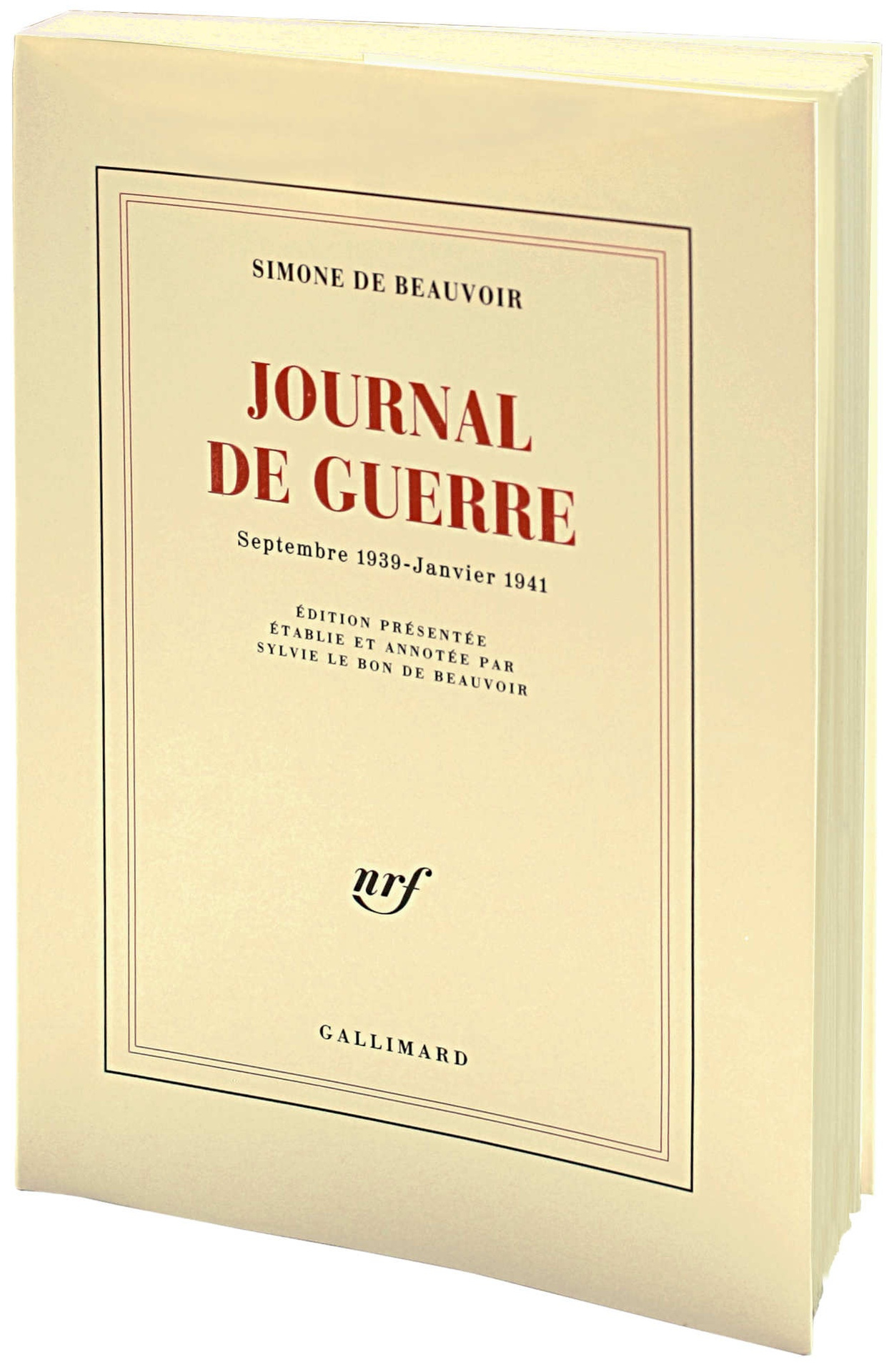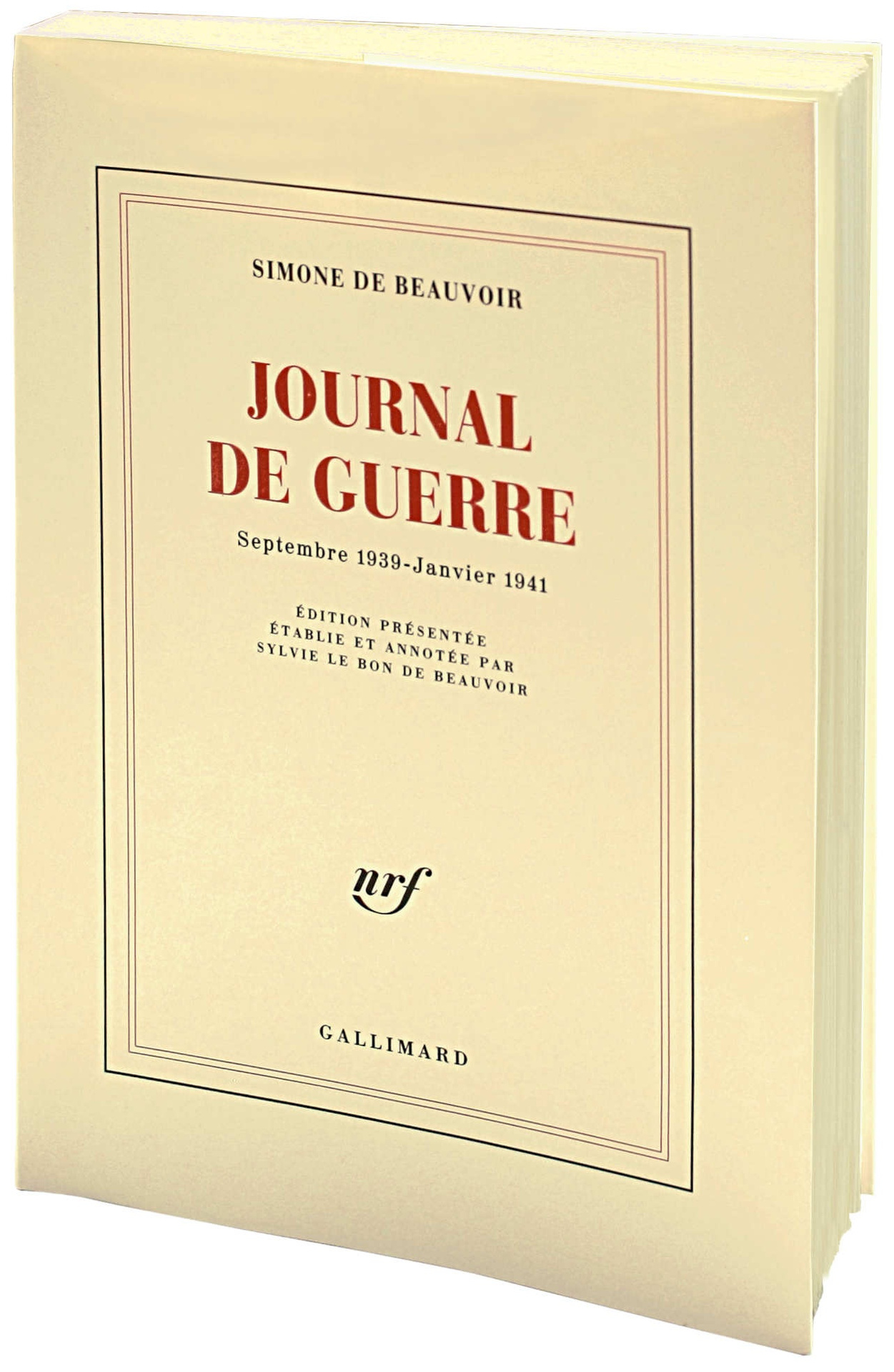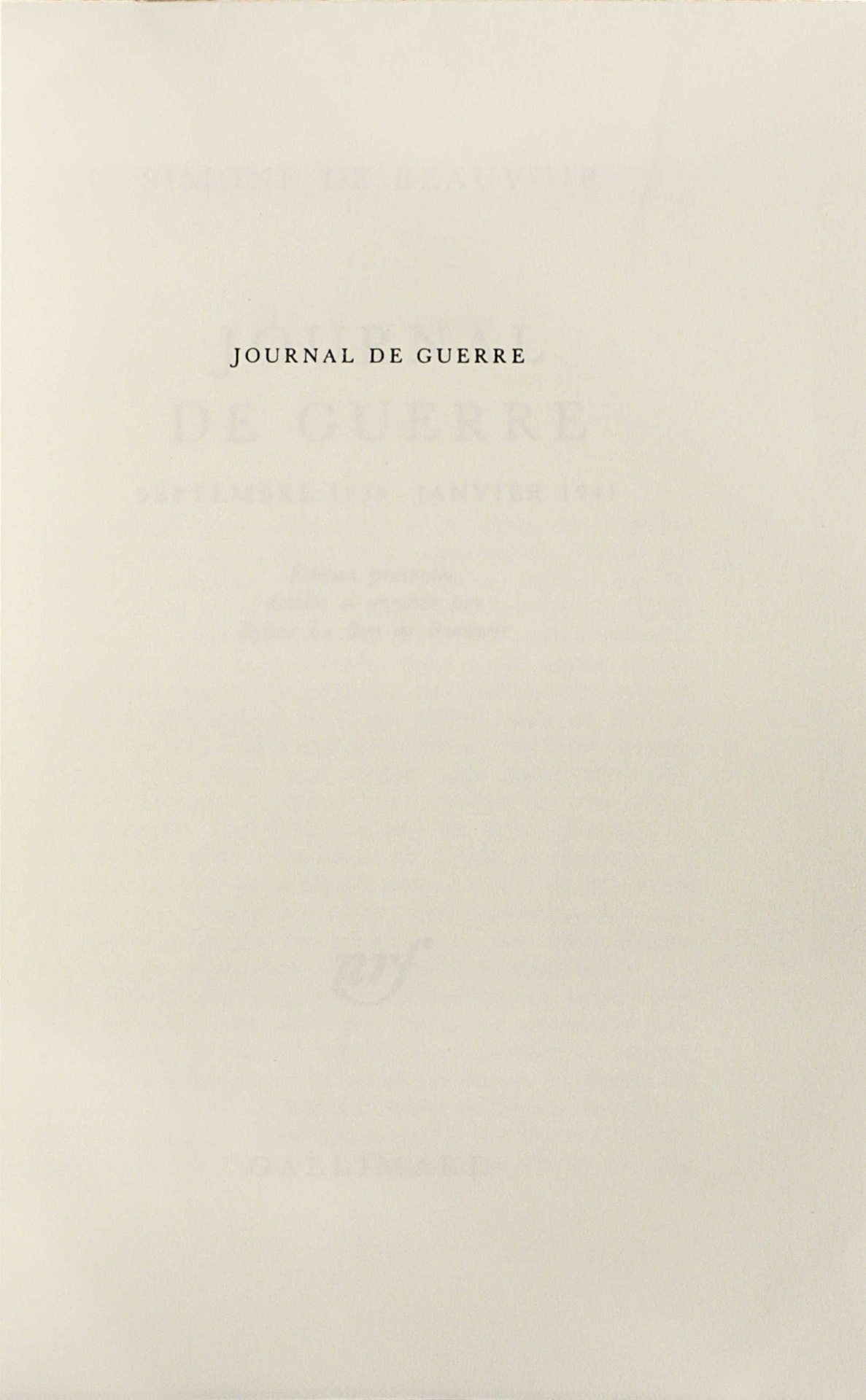Paris, Gallimard, 1990.
Large 8vo [215 x 145 mm.] of 369 pp., (2) pp., (5) bl. pp. Preserved in its original wrappers, as issued. Uncut.
Posthumous First edition of this famous work by Simone de Bêuvoir.
One of the 50 numbered copies on vellum “pur chiffon” paper of Rives Arjomari-Prioux, only printing on large paper, this one bêring n°10.
Sequences of the Journal de Guerre appêr for the first time in the second part of La Force de l’âge, second part of the author’s bibliographical work.
Her adoptive daughter, Sylvie Le Bon de Bêuvoir, publishes the full text in 1990.
In the sixties, Sylvie Le Bon is a student at the Ecole normal supérieure de Sèvres (ENSJF). Philosophy graduate, passionate about Bêuvoir’s book, she decides to write to her in order to meet her. First intimidated, she quickly becomes, despite her young age, the sixty-yêrs-older writer’s friend. Together, they travel and share their conception of philosophy and feminism. When Jên-Paul Sartre died in 1980, Simone de Bêuvoir is sick and tired woman Sylvie cares for. In order not to be depending on her sister, Hélène de Bêuvoir, Simone decides to adopt Sylvie and in the same time to transfer her her moral rights of her literary work.
“This journal of the declaration and beginning of the war (seven notebooks) constitutes just a piece of the diary that Simone de Bêuvoir starts in her êrly age, almost from her childhood, and her life, sometimes discontinuously. It has to be considered as a part of an overall significantly larger. But its isolated publication was conceived as a complement to her correspondence with Sartre, of which more than half belongs to the same dark period of 1939 and 1940. It seems interesting to confront both contemporary versions, in their subtle but significant differences. Moreover, the diary fills the holes of the correspondence, inevitable when the two correspondents meet : clandestine visit of the Bêver to Brumath, in November, Sartre’s permission came to Paris, in February, or during the time of their sudden separation, all communication stopped, when Sartre was made prisoner in June 1940. It makes it possible to reconstruct the story in its continuity.” (Gallimard)
“Her work exerted a strong influence on the course of French Literature” (Dictionnaire des auteurs, I, 259).
Magnificent copy of the first state, preserved uncut in its original wrappers, as issued.




